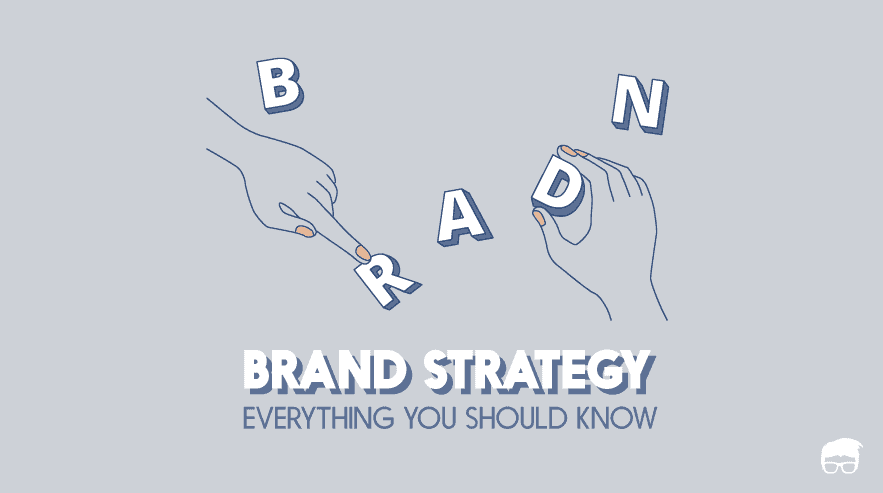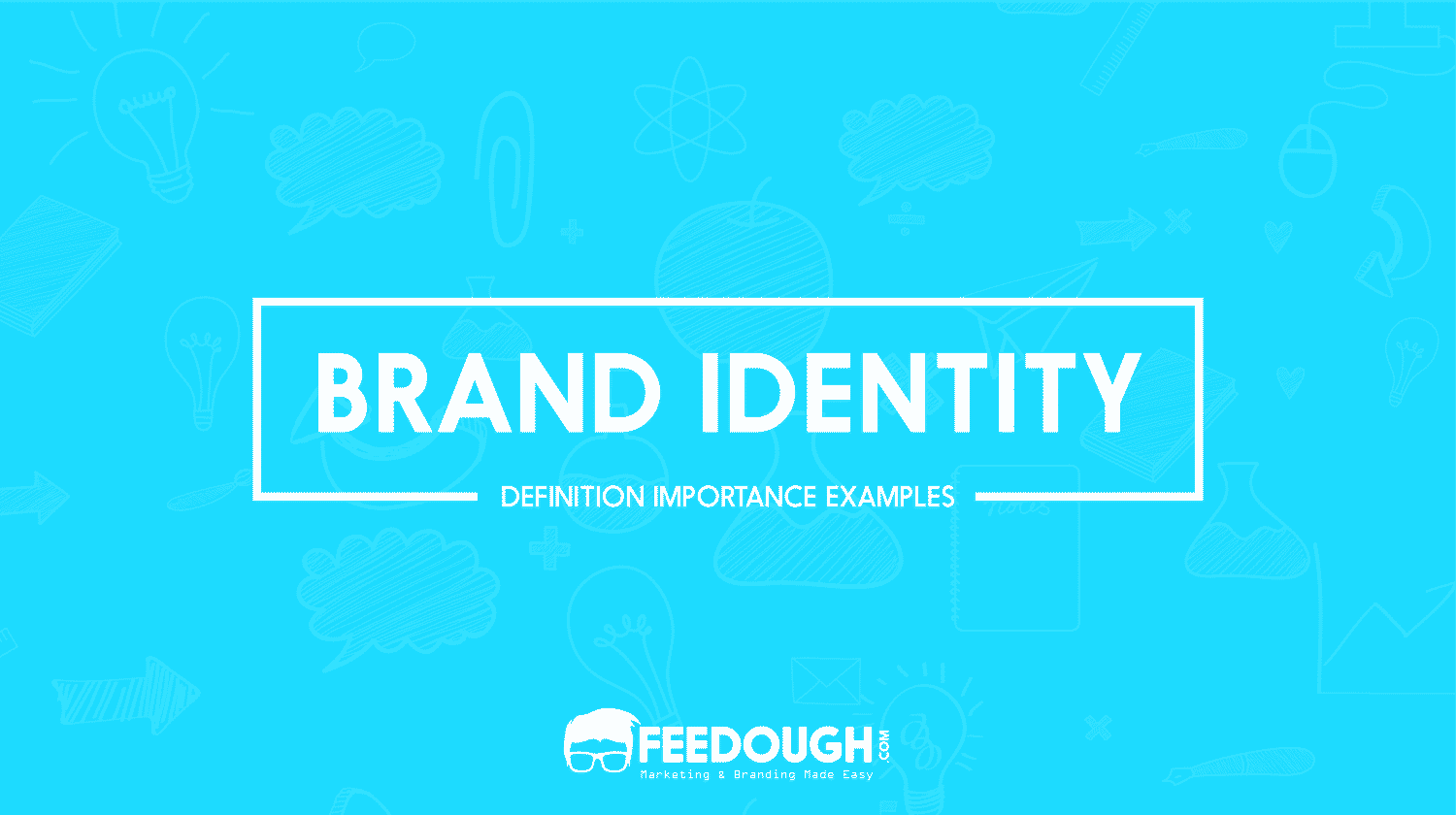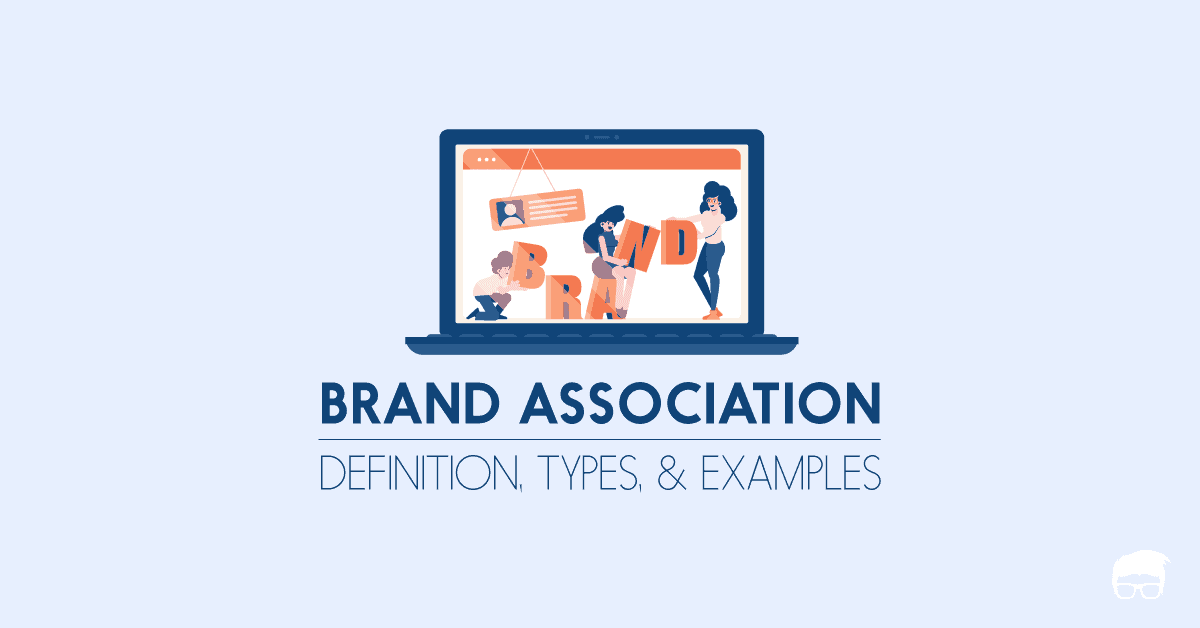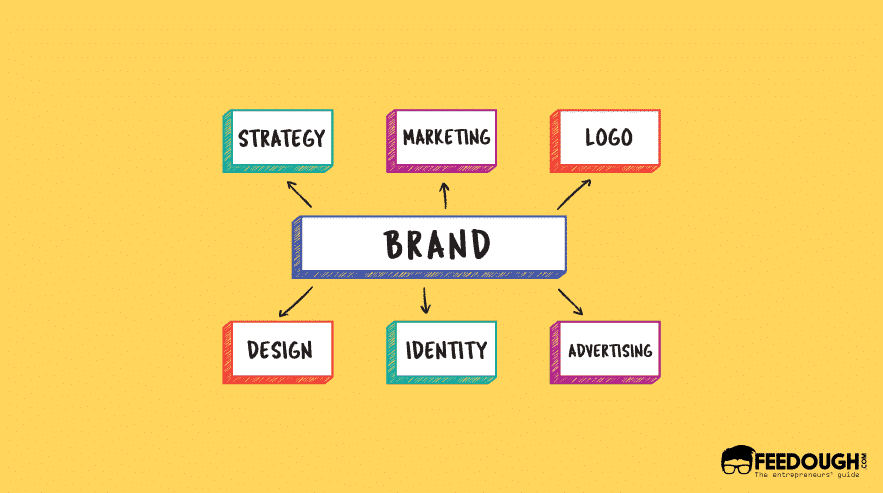A brand is what the customer talks about when he uses the product. It’s what gives the identity to the product, makes it recognizable, and helps build an emotional connection between the company and the consumer.
But a brand isn’t just the name, logo, and tagline. It’s the experience a customer has while buying the product, a consumer has while consuming the product; and a perception the target market has of the company, product, or service.
A brand strategy is a long-term strategy that helps in developing just this.
What Is Brand Strategy?
A brand strategy (or a branding strategy) is a long-term plan used by a business to establish its brand identity and find a unique position in the minds of the target audience.
It includes specific and long-term goals, achieving which results in establishing a successful brand with high equity and credibility, which occupies a competitive position in the market.
Importance Of Brand Strategy
With a plethora of companies offering similar products with no or very few differences, today’s market runs on perception and emotions. In fact, according to a study by HBR, over 64% of the customers pursue relationships with the companies based on their shared values. Having a brand strategy helps you build such relations. Besides this, a brand strategy is also essential to –
- Create an identity for the company and the company’s offerings.
- Differentiate the brand from the competition in the market.
- Position the brand in a desirable manner to create a favorable perception and drive more sales.
- Communicate more effectively, as it creates an identifiable product, defines a unique brand message, and helps develop the communication strategy.
- Develop a marketing strategy as it is a lot harder for the company to market the product without a brand.
- Develop a favorable image of the company in the minds of the customers.
- Develop brand equity – the value, over and above the usual product price, which the customer is willing to pay just because the product is associated with a particular brand.
- Establish the mission and vision of the company as a brand.
- Cultivate happier and strong relationships with the employees as they feel more motivated to work with an established brand.
Components Of Brand Strategy
A brand strategy is always developed with a holistic perspective of how the target audience perceives the brand and how the brand wants them to perceive it. A successful brand strategy always takes into consideration the following eight components –
- Target Audience: the target audience is the market segment which directly interacts with the brand and is usually the customer of the brand’s offerings.
- Brand Promise: it’s the promise made by the brand to the customers stating what they can expect from the brand and its offerings. It’s the promise of trust which creates an unsaid emotional relationship between the brand and the customer.
- Brand Mission & Vision: it includes what the brand aspires to be in the long run, both monetarily and non-monetarily. It also consists of the means to achieve such goals.
- Brand Architecture: it’s an organized structure of the company’s portfolio of brands, sub-brands, and other offerings. It’s just like the family tree of the brand and its sub-brands. Developing a brand architecture makes it easier to form communication strategies of the master brand as well as the subbrands.
- Brand Positioning: It’s the unique space a brand occupies in the brains of the customers. Positioning helps customers associate emotions, traits, feelings, and sentiments with the brand and its offerings.
- Brand Message: it is the message communicated to the target audience through the brand’s offerings and verbal and non-verbal communication messages that describe what it does and how is it different from others.
- Brand Associations: These are the recognizable aspects like images and symbols that are associated with a brand or a brand benefit
- Competitive Awareness: Competitive awareness refers to the knowledge of the competitor’s brands’ strategy and making efforts to create a higher value compared to them.
How To Develop A Brand Strategy?
Unlike the last decade, people are now more focused on building a brand than ever.
If you go out and ask the established businesses about the importance of developing a brand strategy today, you will be surprised knowing how much they invest in it. And it’s even growing at a massive rate. According to the 2019 State of Branding Report, 66% of marketing decision-makers plan to invest more in creating branded visual content than they did in 2018.
Building a brand and developing a brand strategy isn’t an easy process. It requires months (or even years) of research and analysis to finally figure out how the customers intend to view the brand. And it’s even harder for the new-comers.
But fret not, here’s a complete guide simplifying the brand strategy process for you –
Determine Purpose And Objectives
Just like a marketing strategy, the development of a branding strategy is fuelled by the purpose or the objectives. It can be a new company looking to create a name in the market, an existing company looking for a product line extension, or an established company looking for a strategy to either extend its existing brand or to add more sub-brands under its name.
To find the objective, answer these two questions –
- What do you want your brand to do for your company?
- How do you want to portray your offering or company to your target market?
When it comes to brand strategy, no one strategy that fits all needs. Hence, it’s essential to know what you’re building a strategy for before moving ahead.
Introspection
Once the objective is identified, it is essential to introspect the company and the offering which needs to be branded. Focus on the why (vision), what (mission), and how (values) of the company and try aligning the branding objectives with the company’s overall objectives.
If the branding strategy is being developed for an offering, focus on its features and find the unique selling proposition and value proposition you can capitalize on. Usually, the brand positioning strategy is rooted in these two factors.
Research The Target Market And The Competitors
The next step involves you to focus on who’ll be buying your offering. Create a buyer persona and zero your target audience by answering these questions –
- How old is your ideal customer?
- How much does he earn?
- What does he do for a living?
- Is your product a need, want, or luxury for him?
- Why would he choose your product over competitors’?
To answer the last question, you need to do a competition analysis as well. Zero your competition by answering these questions –
- Who serves your target audience currently?
- What are their products’ USPs? What makes customers choose them over others?
- How do they market their brand? Do they have a one-brand strategy or a multi-brand strategy?
Discover Brand Barriers
During the internal and external environment analysis, you must have already come across many barriers when it comes to the target audience and the competition. Combine them with other barriers related to market conditions, government policies, and other factors that can hinder the success of your proposed brand positioning and look for ways to remove them.
Develop A Holistic Strategy Defining Your Brand
A holistic brand strategy focuses on giving an identity to everything your business produces and represents. It involves –
- Associating attributes with the brand – name, logo, colors,
- Specifying the brand purpose
- Developing brand identity, brand personality, and brand voice
- Listing the brand message
- Developing brand associations
- Focusing on making the brand consistent, flexible, and emotional
Find The Perfect Positioning Strategy
An effective brand strategy has its roots in how you plan to position your brand in the market. Positioning results from finding the perfect space a brand can occupy in the brains of the target customer concerning its features and competitors’ positioning strategy.
Promotion
A brand is always created in the eyes of the customer. Once the company succeeds in developing the strategy of how it wants to be viewed by the customers, the next step involves it promoting the same. Brand promotion is an essential part of the brand strategy as it informs, reminds, persuades convincingly, and influences the buyers to drive their purchasing decisions in favor of the brand.
Go On, Tell Us What You Think!
Did we miss something? Come on! Tell us what you think about our article on brand strategy in the comments section.
A startup consultant, digital marketer, traveller, and philomath. Aashish has worked with over 20 startups and successfully helped them ideate, raise money, and succeed. When not working, he can be found hiking, camping, and stargazing.









